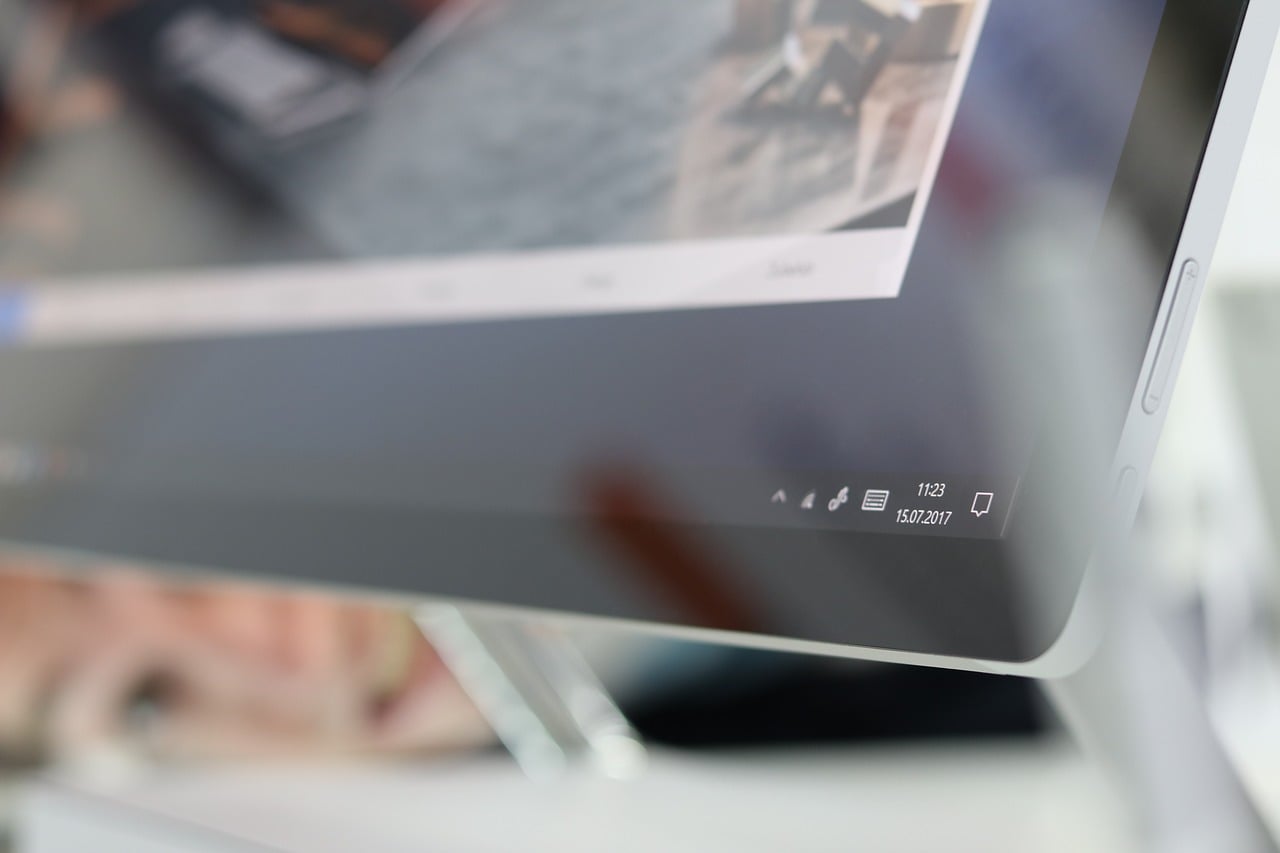It’s the end of an era: Microsoft has announced that Windows 7 will be put out to pasture after a venerable 10 years in operation. This means when Windows 7 reaches its End of Life phase on January 14, 2020, Microsoft will stop releasing updates and patches for the operating system. The widely popular operating system still has a huge user base, as it maintains 37 percent of the global market for Windows desktop and laptop systems, according to NetMarketShare. The biggest issue with continuing to run Windows 7 is that it won’t be patched for any new viruses or security problems once it enters End of Life, and this leaves you extremely vulnerable to any emerging threats.
On the downside, Windows 7 is running on many mission-critical systems, such as a majority of the voting machines in the United States as well as PCs used by the UK’s National Health Service. Many businesses still rely on Windows 7 for their day-to-day operations, and may fear that the announcement of its end-of-life will mean more headaches. If you’re still running Windows 7, the good news is that end-of-life isn’t the end of the world: there are several precautions that can be taken to ensure the security of your data and maintain the functionality of your operating system until you upgrade.
Q3 2019 hedge fund letters, conferences and more
Security Concerns With Running Windows 7
If a large number of people continue to use Windows 7 after the End of Life date, that could actually be a big incentive for malicious users to target viruses and other nasties at Windows 7 users. Since the end-of-life process means that Microsoft will stop patching bugs and security holes, it is not unlikely for hackers to start targeting computers that don’t have the added support. Continuing to use Windows 7 after the end-of-life date will make users more vulnerable for hackers to exploit the weak points no longer being supervised by Microsoft. Large enterprises can apply for extended support contracts after the January 2020 date, but they will be charged a fee per device per year.
Exchange Server
If you use Microsoft Exchange for your email and calendar needs, note that Exchange Server 2010 will reach end of support. If you haven't already begun your migration from Exchange 2010 to Office 365 or Exchange 2016, now's the time to start your planning.
When Exchange 2010 reaches its end of support on October 13, 2020, Microsoft will no longer provide:
- Technical support for problems that may occur;
- Bug fixes for issues that are discovered and that may impact the stability and usability of the server;
- Security fixes for vulnerabilities that are discovered and that may make the server vulnerable to security breaches;
- Time zone updates.
Solutions For Running Windows 7
If you are part of a business that uses Windows 7 across many computers, updating them all may seem daunting. To prioritize your update schedule, it is important to take stock of which computers are most at-risk for data breaches. Take an inventory of each computer and note which ones are connected to the public Internet or sensitive data and which are used by system administrators – these factors all make computers running Windows 7 more vulnerable and should be addressed first.
If you're still using Windows 7, you should immediately upgrade to Windows 10, which is the current Windows version. Released in 2015, Windows 10 supports apps that can be used across multiple devices, including PCs, tablets, and smartphones. It also supports touchscreen, keyboard, and mouse input methods. Additionally, Windows 10 is faster than Windows 7 and provides a number of other useful benefits.






